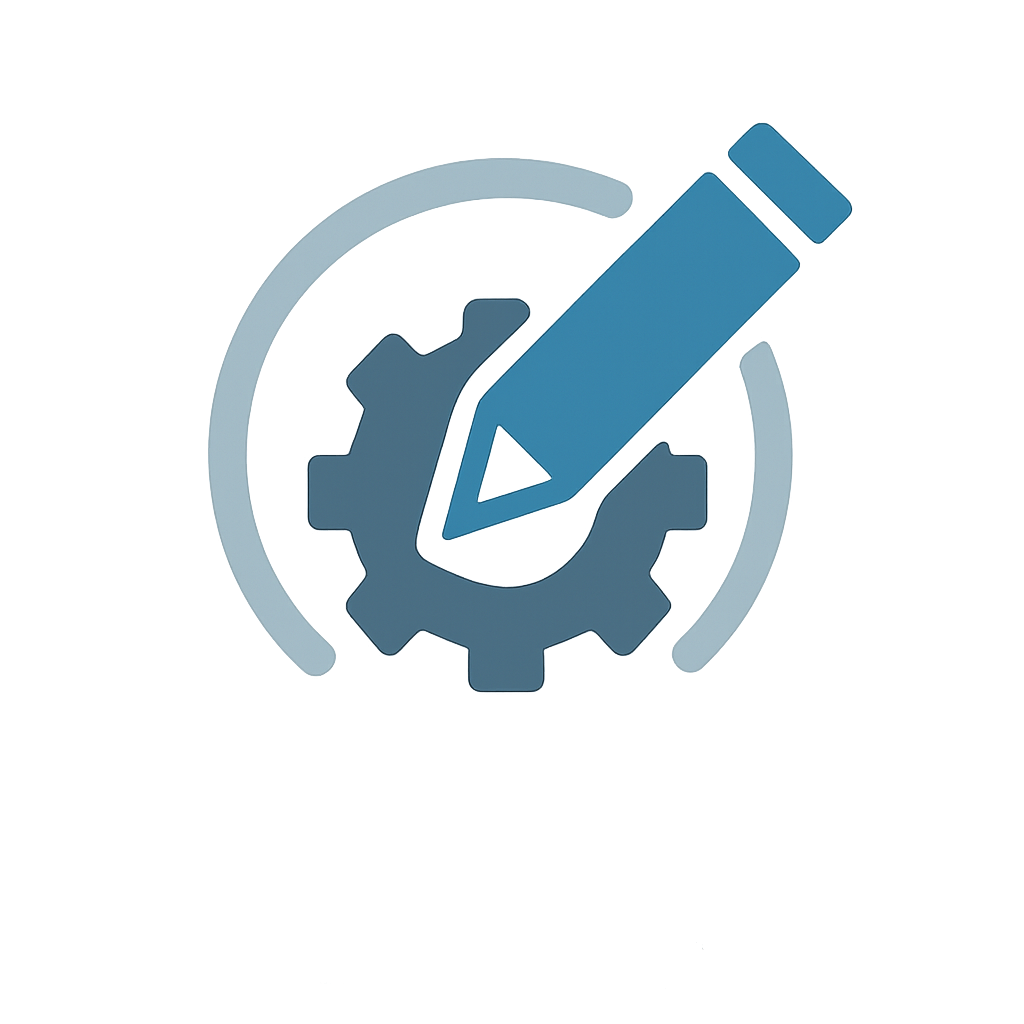
Industrial Manufacturing Solutions
Optimize manufacturing processes, enhance supply chain management,
and enable intelligent automation for smarter factories and industrial
facilities. This includes areas like Intelligent Computer Numerical
Control (I-CNC) systems for increased efficiency and reduced errors
in machining.



